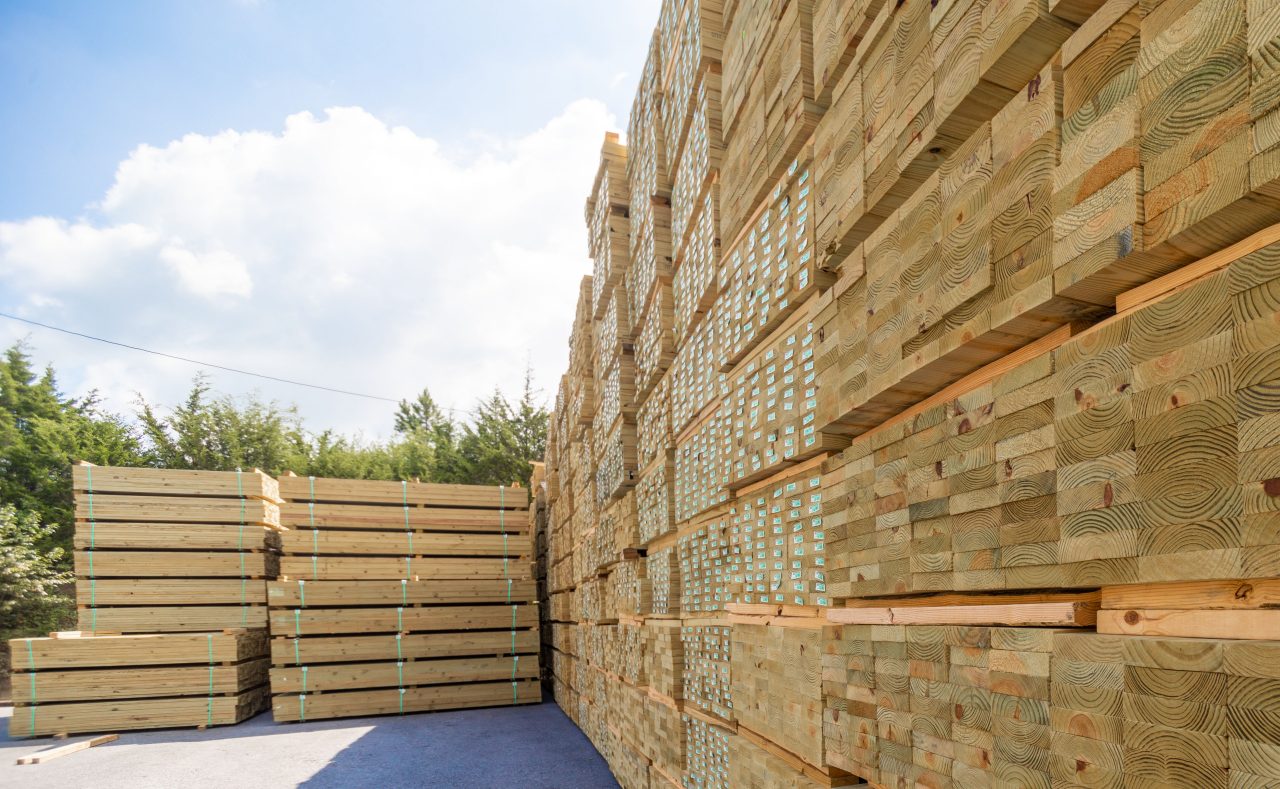Technical Specifications
Technical Specifications
Codes & Standards
Chemonite® ACZA is listed in the American Wood Protection Association (AWPA) Standards. Wood treated with this preservative is accepted in AWPA Standard U1 for applications in Use Categories 1 through 5, from interior applications to salt water immersion. Within the requirements of the standards, Chemonite® ACZA can be used to treat numerous species of wood; however its ability to penetrate makes it particularly useful in the treatment of coastal Douglas Fir.
SDSs for Treated Wood Products
Chemonite® ACZA Retention Chart
Use timber piles treated with Chemonite® ACZA preservative that conform to AWPA Standard P-22. For further retention information, click here.
Best Management Practices (BMPs)
The Western Wood Preservers Institute (WWPI), in conjunction with industry representatives, users, and scientists, developed BMPs to help ensure fixation of preservative chemical in treated wood prior to shipment. In the fixation process, preservatives bond to the wood, making it resistant to leaching. Specification of BMPs results in wood with a very high percentage of fixed preservative, and may also reduce shipping weight. BMPs have been established for Chemonite® ACZA treated wood.
Strength
The strength of Chemonite® ACZA treated wood is not perceptibly affected by the treatment.
Corrosivity
Chemonite® ACZA treated wood has shown no more metal corrosion than untreated wood. In typical rail tie installations the use of special hardware is not required. However, the end use including the design, exposure conditions, etc. should be evaluated to determine if hot dipped galvanized or stainless steel hardware should be recommended.
Fastener holding
Chemonite® ACZA treated wood has excellent spike-holding characteristics.
Conductivity
Chemonite® ACZA treated wood is no more conductive than untreated wood.
Gage-holding
Douglas Fir ties were installed in the High Tonnage Loop of the Transportation Technology Center’s Facility for Accelerated Service Testing. These ties remained in service for more than one billion gross tons of freight traffic. Regaging was not necessary until approximately the 200 MGT mark.

